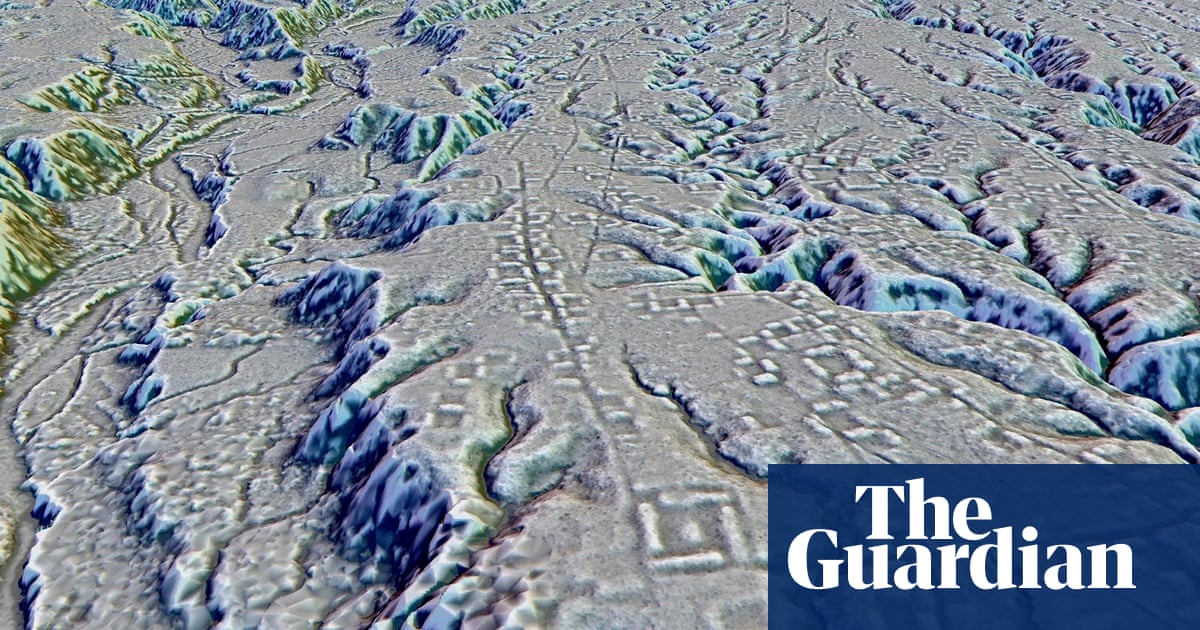- cross-posted to:
- [email protected]
- world
- cross-posted to:
- [email protected]
- world
This is the best summary I could come up with:
Recent mapping by laser-sensor technology revealed those sites to be part of a dense network of settlements and connecting roadways, tucked into the forested foothills of the Andes, that lasted about 1,000 years.
The settlements were occupied by the Upano people between about 500BC and AD300 to 600 – a period roughly contemporaneous with the Roman empire in Europe, the researchers found.
While it is difficult to estimate populations, the site was home to at least 10,000 inhabitants – and perhaps as many as 15,000 or 30,000 at its peak, said archaeologist Antoine Dorison, a study co-author at the same French institute.
“This shows a very dense occupation and an extremely complicated society,” said the University of Florida archaeologist Michael Heckenberger, who was not involved in the study.
José Iriarte, a University of Exeter archaeologist, said it would have required an elaborate system of organized labor to build the roads and thousands of earthen mounds.
Scientists have recently also found evidence of intricate rainforest societies that predated European contact elsewhere in the Amazon, including in Bolivia and in Brazil.
The original article contains 439 words, the summary contains 179 words. Saved 59%. I’m a bot and I’m open source!
Fingers crossed that they were literate and wrote on something sturdy.
Pre-colombian civilisation did not write, they still have some glyph and wall painting, they used a complex system with ropes and nodes to transmit information. That’s why we don’t have books or tablets or whatever was the norm from other civilisation. They found quite some but we probably miss plenty, and it was also way easier to get lost through time.
What are you talking about? We do have several surviving codices from the pre-Columbian Americas.
Wow it’s exactly like Lost City of Z story foretold.
Did they ever find that guy’s body? Maybe he is in one of these places.
Wow this sounds big, hope there are enough hints for us to know more about them




